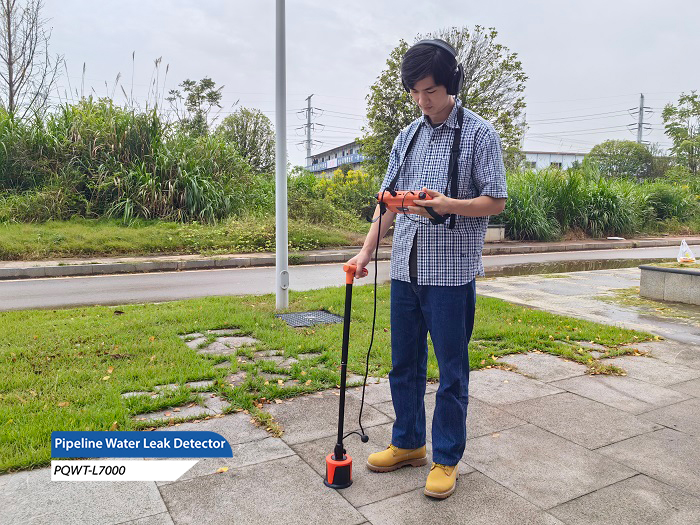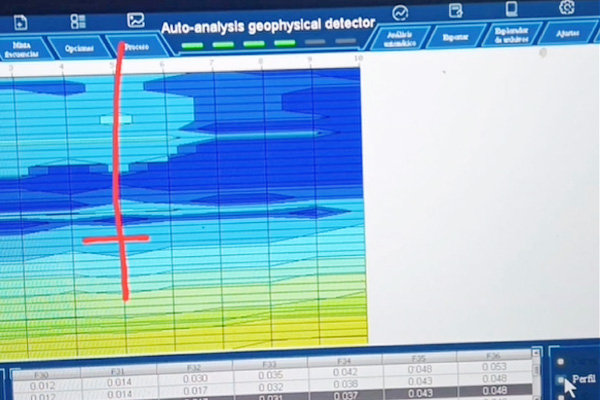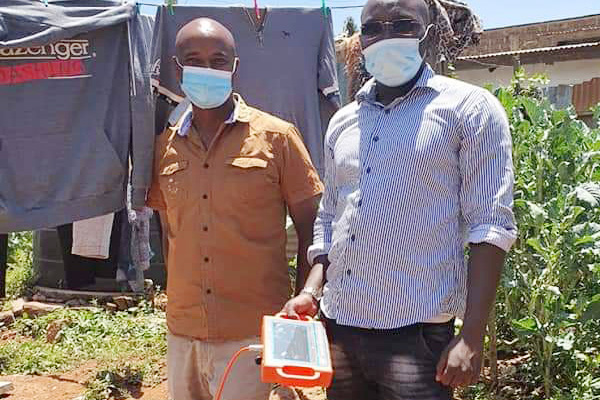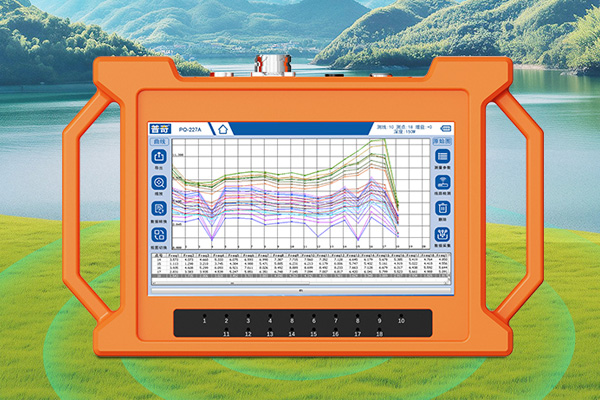1、 Technical core and operational mechanism

Underground water detection service is a highly skilled maintenance task that relies on a range of professional level tools and instruments to ensure accuracy. The core process of service can be roughly divided into the following key steps:
The first step is to use precision detection equipment to conduct detailed inspections of potential leakage areas such as water pipes and floor drains. These devices will release specific electromagnetic or acoustic signals, which once they touch the leak point, will trigger special responses such as sound changes or signal fluctuations.
Subsequently, based on the signal characteristics captured by the device, experienced technicians will conduct detailed analysis and judgment to determine the precise location of the water leakage point. This step requires a high level of technical mastery and experience accumulation to ensure accurate positioning.
Finally, based on the positioning results, the professional team will take prompt action to carry out necessary repairs or replacements to solve the water leakage problem.
2、 Key points to note during the operation process
When performing underground water detection tasks, the following points require special attention:
All equipment used must come from legitimate channels and comply with relevant national standards and regulations to ensure the reliability and safety of testing.
2. The detection range must be fully covered, leaving no blind spots to prevent any possible leakage sources.
During the testing process, efforts should be made to maintain a quiet and stable testing environment to minimize external interference and improve the accuracy of the testing.
Once the leakage point is identified, maintenance personnel with professional qualifications and rich experience should be selected for operation to ensure the quality and efficiency of the repair.
After the maintenance work is completed, strict acceptance and testing are still required to ensure that the leakage problem is fundamentally solved.
3、 Common problems and coping strategies
In practical operation, underground water detection services may encounter challenges such as equipment failures and unstable signals. We provide the following strategies to address these issues:
1. Equipment failure: Once a problem is found with the equipment, it is necessary to immediately contact the supplier or manufacturer and seek professional repair or replacement services.
2. Unstable signal: The distance between the equipment and the detection area, environmental factors, etc. should be carefully checked to ensure the stability of signal transmission. If necessary, the detection scheme can be adjusted to improve the signal reception effect.
3. Insufficient detection range: If it is found that the detection range does not fully cover the potential leakage area, the detection plan should be immediately re planned to ensure that all possible leakage areas can be thoroughly inspected.
In summary, underground water detection services are an important part of ensuring a dry and safe living and working environment for us. By choosing a professional service agency, we can obtain more accurate and efficient water leakage detection and repair services, effectively avoiding inconvenience and losses caused by water leakage problems.








